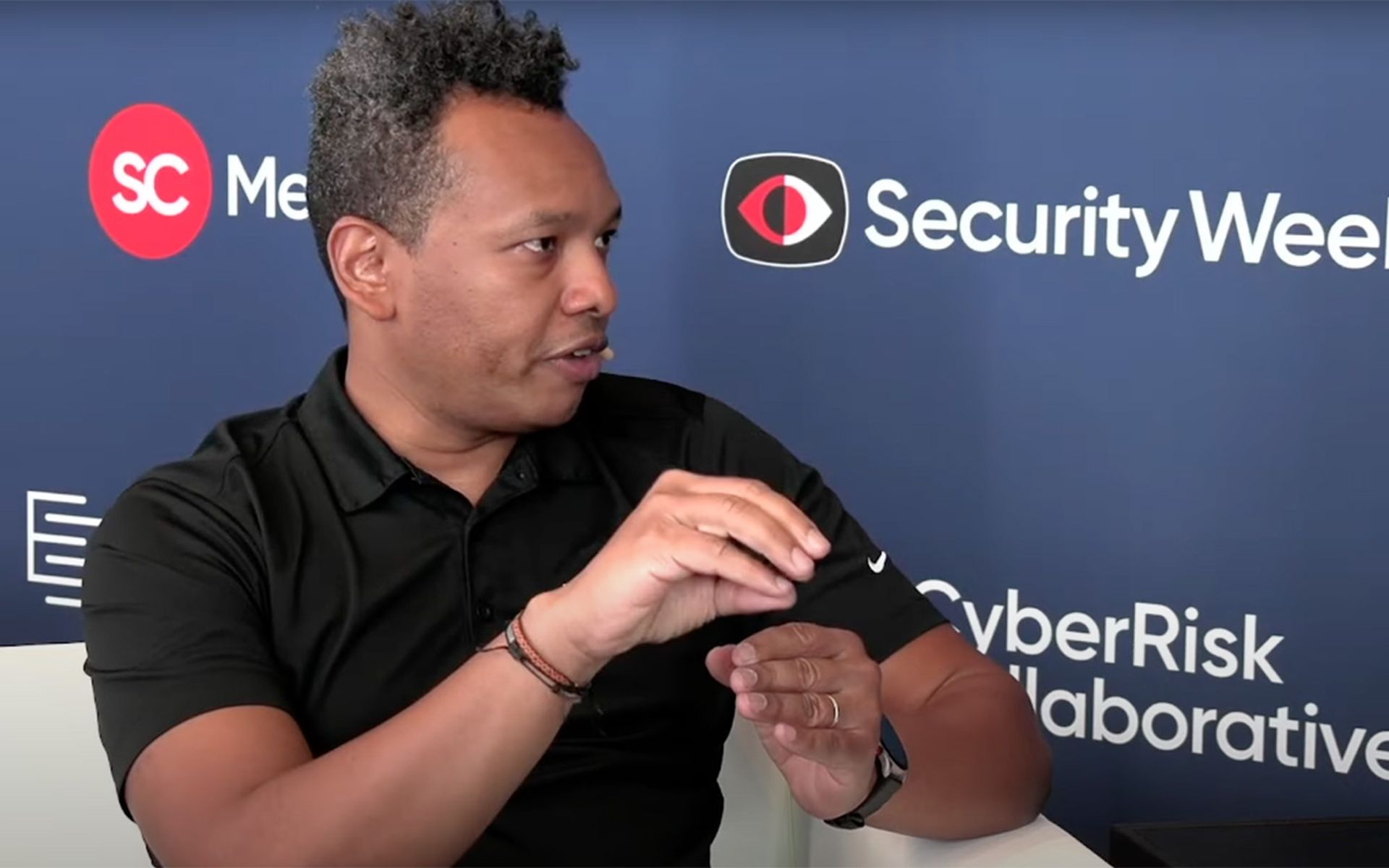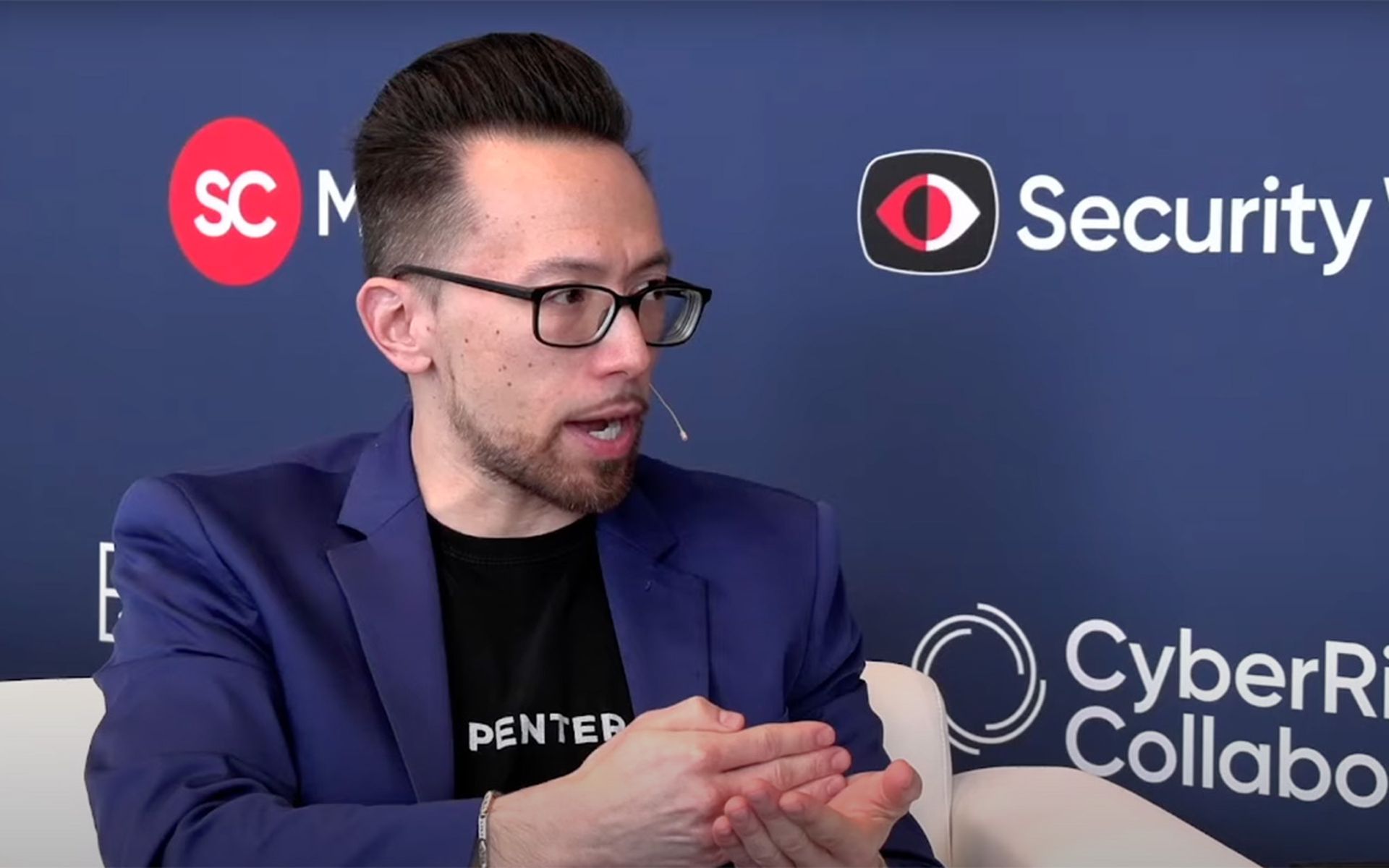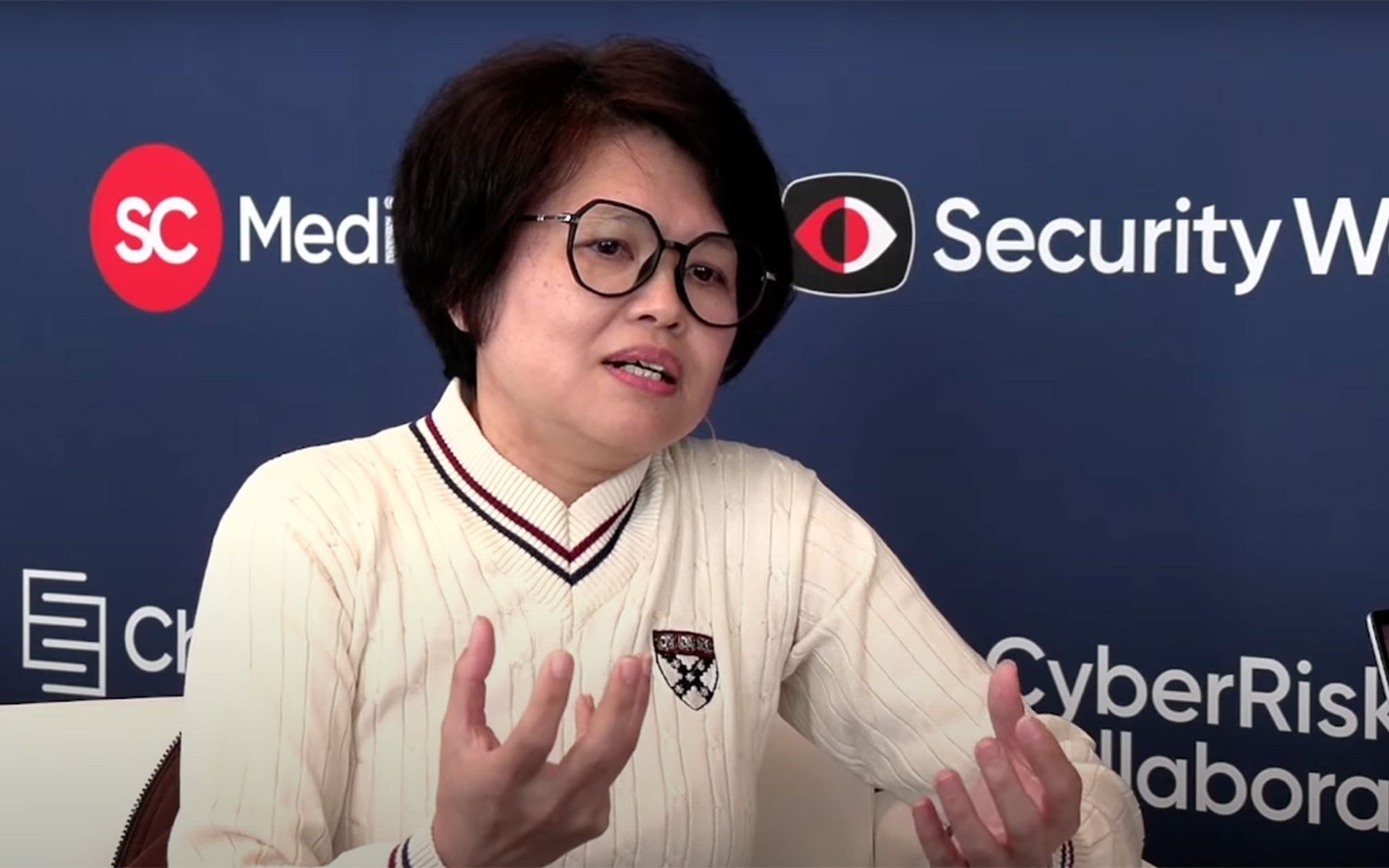The common misperception that identity infrastructure and IAMs like Active Directory, Okta, or Ping can adequately secure the entire identity infrastructure is to blame for the continued barrage of cyber and ransomware attacks. Yes, each of these vendors has security controls baked into their solution, however they cannot extend those controls outside their environments to provide visibility, context, and protection beyond their walls.
Hackers use the gaps between these tools to move throughout a company and evade detection. We don't expect Dell or Lenovo to protect our entire suite of endpoints. Nor do expect a single cloud provider to protect all your clouds; we rely on Wiz for that.
For more of our coverage from RSAC, please visit here.
Identity infrastructure remains the most unprotected part of the technology stack and needs dedicated protection, as organizations already apply for cloud, endpoints, or networks. Watch this conversation with Hed Kovetz as he takes us through why identity security remains the most unprotected part of the security stack, and what needs to change to advance the state of cybersecurity.



